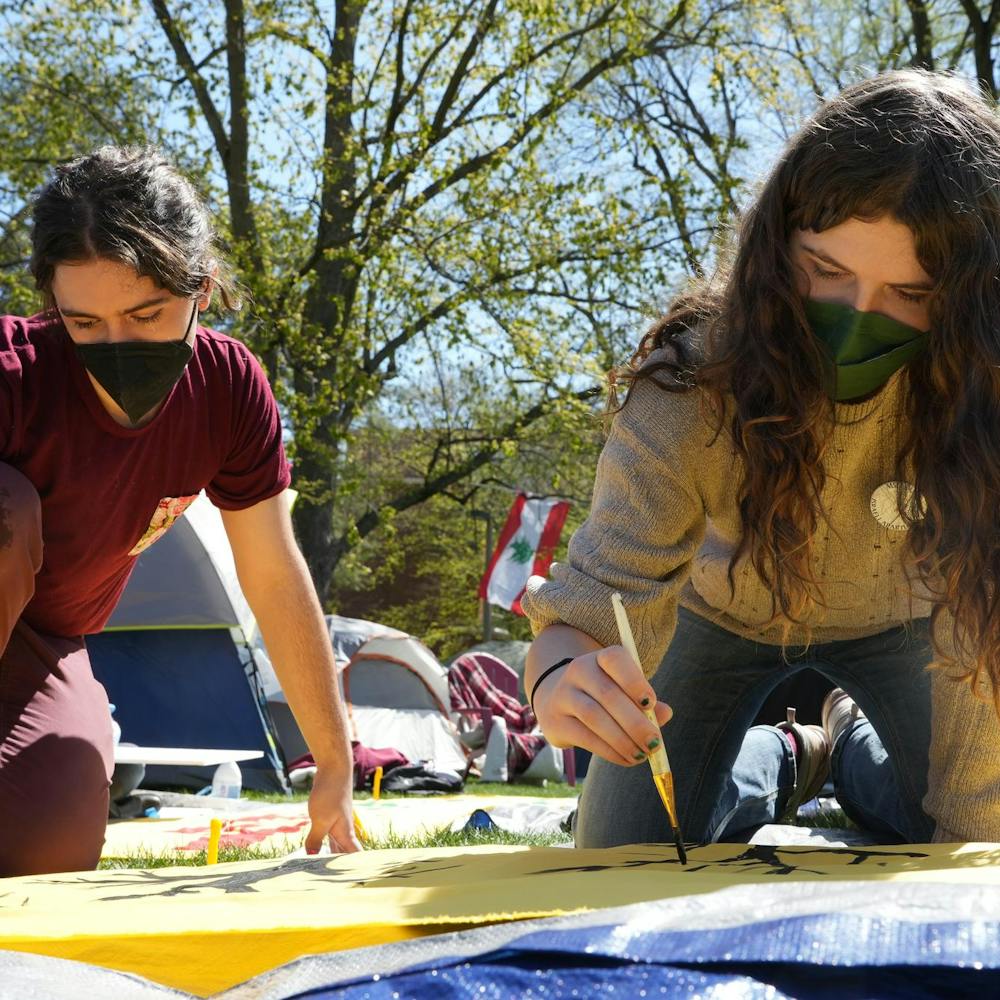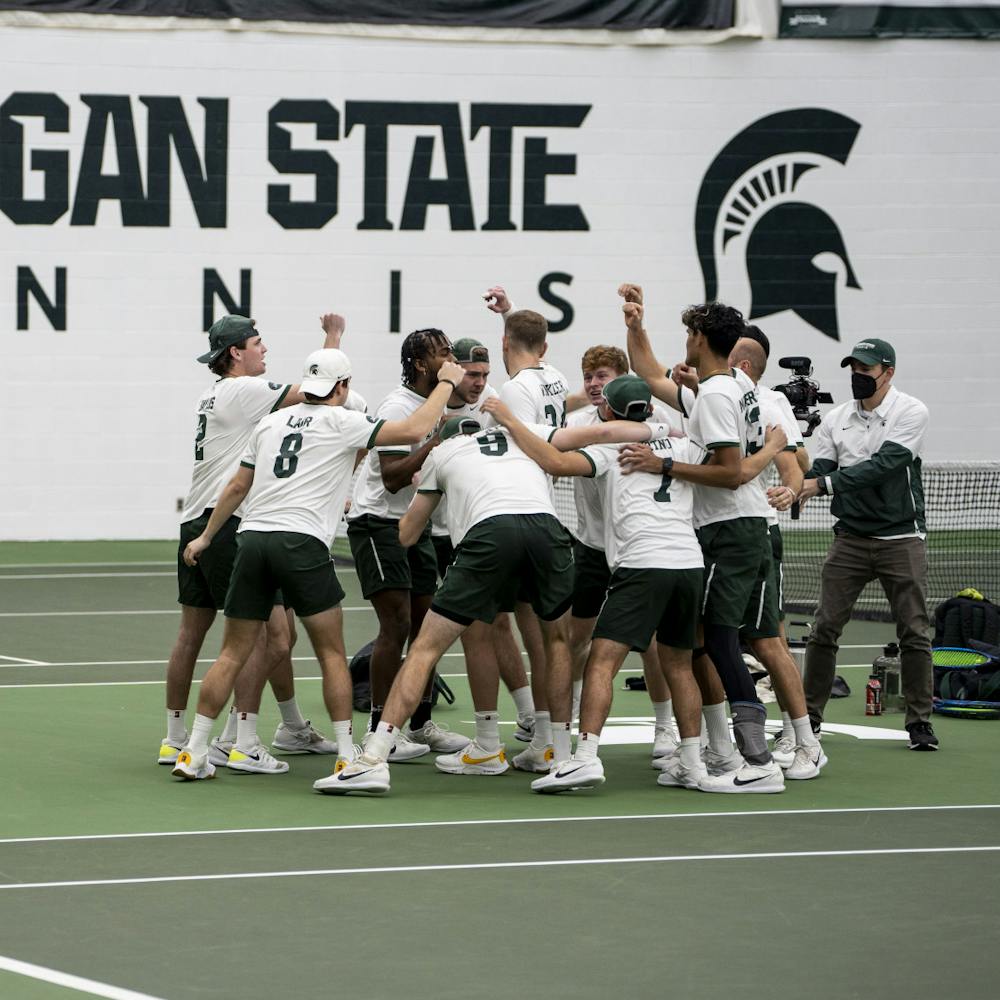The North American Indigenous Student Organization’s 26th annual MSU Pow-Wow of Love on Saturday and Sunday united distant families this weekend through their common heritage.
It served as a venue for Native American families to get in touch with their traditional and inspirational roots through dance, music and customs.
“For native people, its important to bring together a common ground,” said Melissa Beard, a journalism senior and Public Relations Chair for NAISO. “That’s what the powwow does.”
For some families, powwows are the only means of uniting with distant relatives, as well as exposing children to their culture.
“It’s important to bring your children and let them meet other Native Americans to socialize,” said Shirley Brunk, of Lansing.
Although families reuniting is an important aspect of the powwow, the entertainment the event entails also is vital to cultural expressions.
Upon entering Jenison Field House, attendees were greeted with the thunderous sounds of drums and traditional singing from drum circles located at the center of the field house.
“Sometimes we sing songs from back in the 1800s, and we practice new songs that we make up,” said M’Skwa Giizhig, a drummer from Aamjiwnaang, Ontario.
The drumming from men such as Giizhig is not only a source of entertainment, it also is a bonding agent for their fellow drummers, friends and family.
“It becomes a family thing,” Giizhig said. “Sometimes there are whole families around one drum.”
His fellow drummer, Lamar Kamckoi, also from Aamjiwnaang, agreed.
“A lot of my influence comes from my brothers,” he said. “It’s in our blood.”
Aside from heritage-oriented bonding amongst others, the drumming supplies the music for the powwow’s dancing competitions.
“They say you have to start dancing to be a drummer.” Giizhig said. “You have to know the beats and the movements to be able to play well.”
Donned with traditional garments, called “regalia” by Native Americans, the dancers drifted around the dance floor in competitions of various categories.
The men in the competitions were judged in traditional, fancy and grass styles. From the graceful forms of traditional dance, to the euphoric movements and colorful regalia of grass and fancy styles, the men showed off their moves in efforts to receive cash awards.
Women have slightly different styles of dance compared to the men. The fancy dance is performed with a shawl as an accessory, and the grass style is replaced by jingle dancing — where tin cones cover the regalia, producing a jingle sound that coincides with the beats of the drums.
The dancing can supply a deep emotional connection said Josh Thompson, of Muncie, Ind.
“I listen to the music, have fun and sometimes sing along to the music,” he said.
Support student media!
Please consider donating to The State News and help fund the future of journalism.
Discussion
Share and discuss “Drum circles, dancing unite families at MSU Pow-Wow of Love” on social media.






